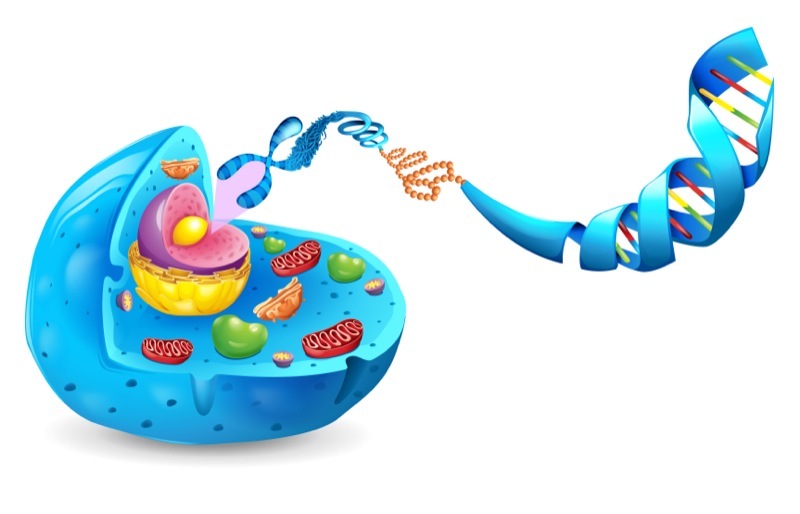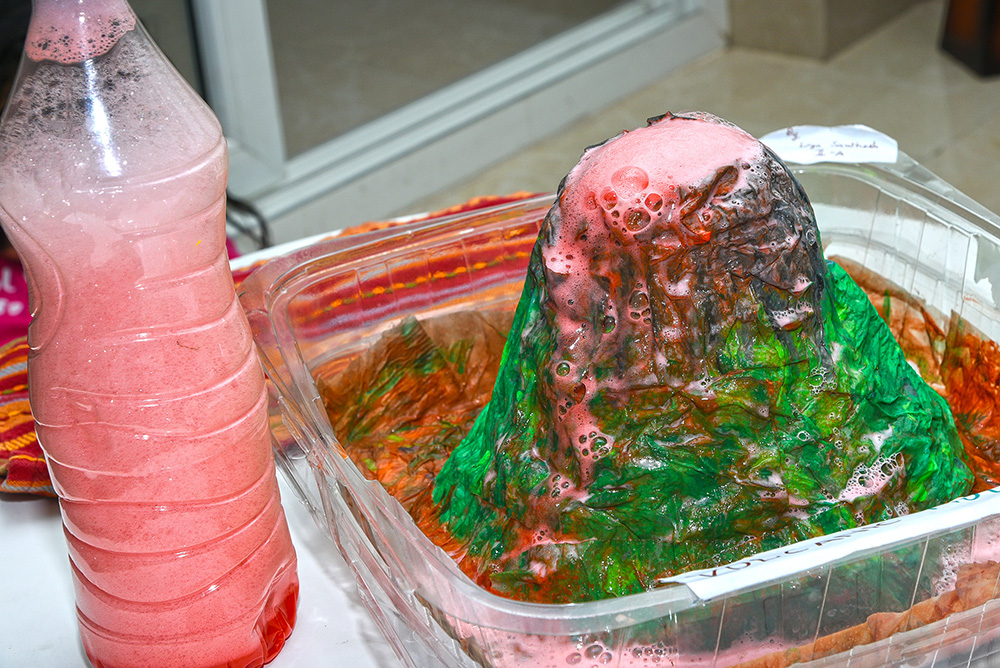
Chromosomes & DNA Molecular Recipes for Life


Chromosomes & DNA Objectives
-
Explain what a chromosome is, where it is located in a cell, how it is structured, and how it relates to inheritance.
-
Describe the structure of the DNA macromolecule, including how the structure of DNA relates to cellular function.

Mendel described inheritance, explaining that “factors” (what we now call alleles) produced observable phenotypes like pea flower color. It would take decades and advances in microscope technology for people to observe chromosomes, the physical basis for Mendel’s factors.
This video shows the chromosomes researchers found with improved microscopes.
Multiple representations, including models, are often used to explore complex concepts.
The chromosomes we observe under the microscope are actually coiled up DNA.
DNA

Chromosomes contain DNA, and the DNA is the substance of heredity that is passed from one generation to the next by eggs and sperm.
Explaining how DNA could code for the complexity of life was one of the greatest scientific breakthroughs of the twentieth century.
Science happens in the context of society and technology. This is the first of two videos that will contextualize the discovery of DNA structure.
What did Rosalind Franklin’s work suggest about the structure of the DNA molecule?
An effective way to understand the structure of DNA is to use a model. The model does not need to be expensive or elaborate, it just need to include the key components.
Now that the structure of DNA had been determined, the next step was to figure out how the base code T-G-C-A actually related to what cells were producing.
Models are essential is representing concepts that are otherwise difficult to visualize.
This video gives examples of DNA models, you will be designing your own model for this guide’s media piece.
Start Your Guide 6A Media Assignment here
Science Concept Model
Models are used extensively in science to represent challenging concepts. Models can reduce complexity and enable us to interact with a world that may not fit our time or physical scale.
For this assignment you are creating your own model of a science concept. It could be your own model of DNA, or a completely different science concept. Your model can be two-dimensional like a sketch, three-dimensional like a sculpture (we’ve seen them in snow, jello, and even collaged leaves), or multi-media like a video. The key is to represent a science concept in an original way.
Think like a teacher for this one. Imagine you are teaching a particularly challenging concept and consider how you can simplify the concept into an interesting form. A model does not need to be elaborate to be effective; there are examples of everyday materials you can use on the resources page.

What you are submitting:
-
Your created model of a science concept. The model can be a photo, video, audio, sketch, or written description.
-
Include a brief description of your model. This can be part of what you upload, or a note in the comment box.
The next section relates chromosomes and DNA to the processes of mitosis and meiosis and an organism’s life.

Check your knowledge. Can you:
-
explain what a chromosome is, where it is located in a cell, how it is structured, and how it relates to inheritance?
-
describe the structure of the DNA macromolecule, including how the structure of DNA relates to cellular function?



